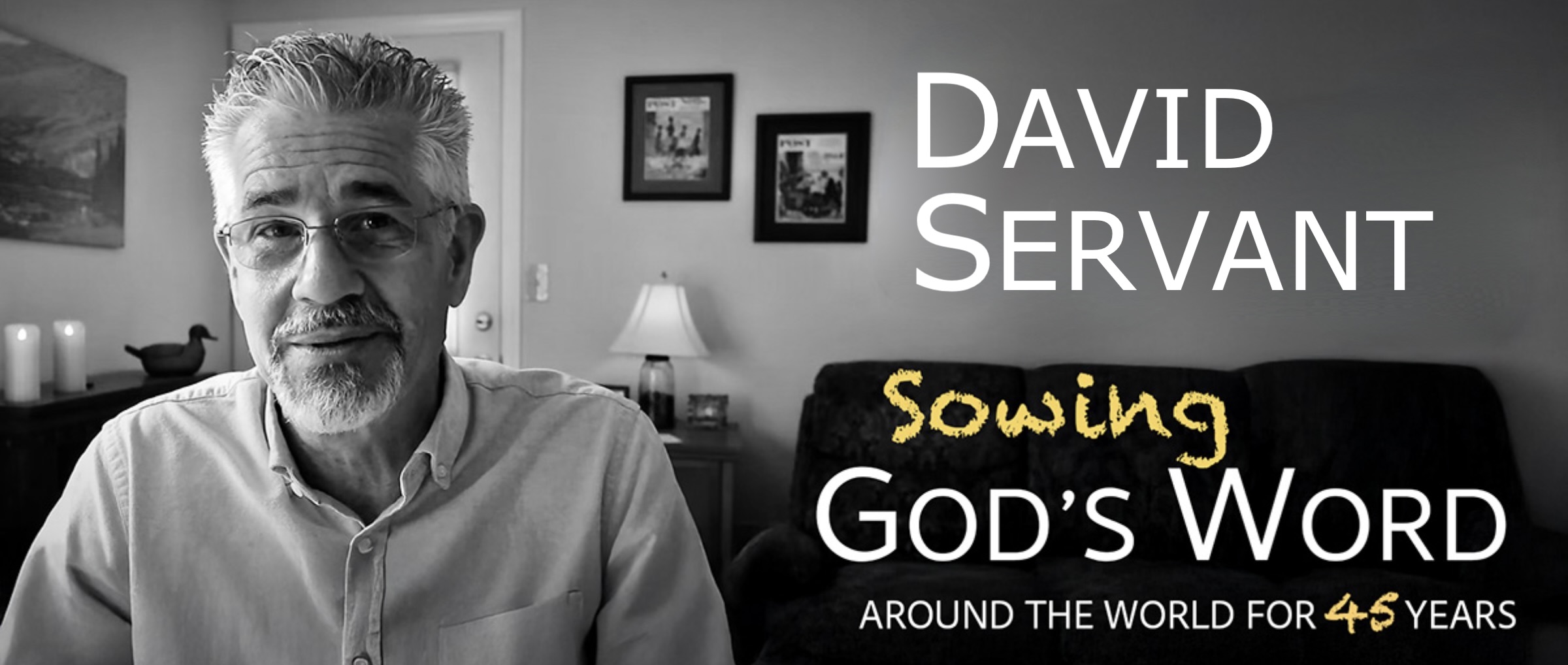When people were nailed to a cross in Roman times, all of their weight was suspended on the nails through their wrists and hands. The muscles in their arms and legs were severely stressed and soon became exhausted, resulting in the dislocation of shoulder bones and a tightening of the rib cage. This made breathing a difficult task, and victims would find themselves attempting to hoist themselves on the nails from which they dangled in order to get enough air into their lungs to stay alive. Because the Jews didn’t want three crucified men screaming outside the city walls on a special Sabbath, they requested that Pilate order their legs broken. This would make it impossible for the condemned men to exert any pressure from their legs to hoist themselves for air, and they would quickly die from lack of oxygen.
Pilate granted their request, but when the soldiers arrived to carry out their gruesome task, they found that Jesus was already dead, so there was no need to do to Him what they did to the other two men. This fulfilled what God had spoken to the people of Israel, forbidding them to break any bones of their Passover lambs. As the Lamb of God, none of Jesus’ bones were broken either.
One of the soldiers, however, did thrust his spear in Jesus’ side to make certain of His death, and John, an eyewitness, said that he saw blood and water flow out. Modern medical authorities tell us this indicates that a ruptured heart was the actual cause of Jesus’ death. This incident also offered further proof that Jesus was the Messiah, as it fulfilled a scripture in the book of Zechariah that foretold the Messiah would be pierced (see John 19:37).
Joseph of Arimathea, a member of the Jewish council that condemned Jesus, but one who had not agreed with the council’s decision, requested Pilate’s permission to take Jesus’ body down from the cross. He and Nicodemus wrapped Jesus’ body with a long linen cloth along with about seventy-five pounds of embalming ointment made from myrrh and aloes. Jesus’ body looked like a mummy. Then they placed it in Joseph’s own tomb that had been cut out of rock, like a small cave, and rolled a large stone, also specially cut for the tomb, across its opening. According to other Gospel accounts, a number of women who had come with Jesus from Galilee, including Mary Magdalene and another woman named Mary, watched as Jesus was buried, planning to return at a later date with other spices and perfumes to anoint His body.
By requesting a guard to be stationed at Jesus’ tomb in order to prevent His body from being stolen, the chief priests and Pharisees actually helped authenticate Jesus’ resurrection. Had there been no guard posted, they could have easily claimed His disciples stole Jesus’ body, a simple task to accomplish if there was no guard to prevent it. However, since there was a guard posted, they had to concoct a less believable story, claiming that Jesus’ disciples were able to roll away a large stone and steal Jesus’ body without waking sleeping soldiers, who by Roman law would have been executed for falling asleep while on watch!
Q. Some skeptics have theorized that when Mary returned to Jesus’ tomb on Easter morning, she mistakenly went to the wrong place, finding an empty tomb that was not the one in which Jesus had been buried. How do we know that theory is false?
A. First, because Mary saw exactly where Jesus was buried, and so did a number of other women who returned together on the first Easter morning. If Mary was mistaken, so were the other women. We also know, according to John’s Gospel, that Jesus’ tomb was very near the place of His crucifixion, making it highly unlikely for Mary and her companions to make a mistake. Others visited the empty tomb also, and no one suggested that they were at the wrong place. Finally, if anyone had wanted to disprove the fact of Jesus’ resurrection (and many did), all they would have needed to do was locate the actual tomb, roll away the stone, and pull out Jesus’ dead body. But no one ever did because there was no doubt His body was gone, which is why the Jewish leaders had to make up a story to explain where the body went.
Q. Why do you think that Christians often refer to the day of Jesus’ death as “Good Friday”?
A. Although the events that surrounded Jesus’ death were not good at all, and although Jesus suffered immeasurably, and although His death was a sad thing to His first disciples, we now know that Jesus died for our sins on the cross. And that is the best thing that has ever happened to us!
![]() Application: Although Jesus’ body was dead, His spirit was very much alive. He waited for three days in paradise for the moment when He would be reunited with His resurrected body and walk out of His tomb. The world was in for a shock!
Application: Although Jesus’ body was dead, His spirit was very much alive. He waited for three days in paradise for the moment when He would be reunited with His resurrected body and walk out of His tomb. The world was in for a shock!



